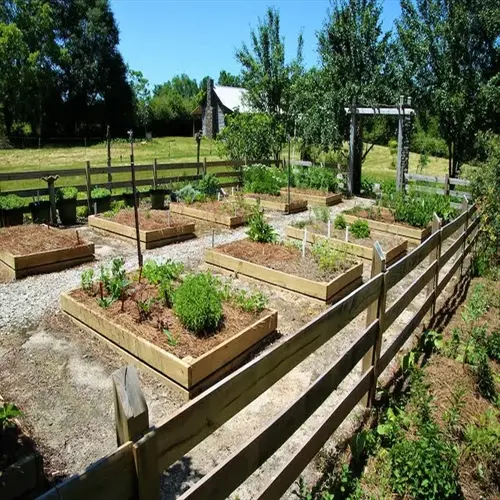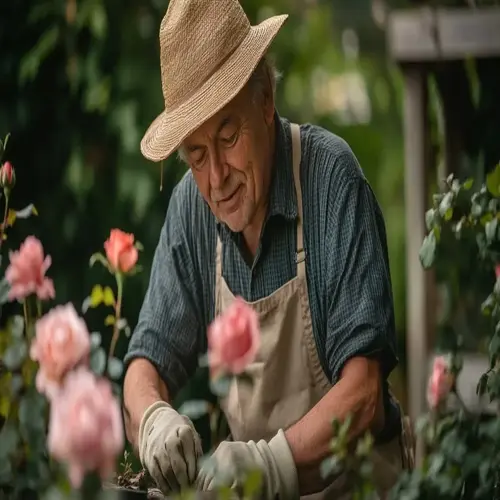Do orchids require clear plastic pots?

Written by
Julia Anderson
Reviewed by
Prof. Samuel Fitzgerald, Ph.D.Clear plastic pots are especially beneficial for Phalaenopsis orchids because their roots photosynthesize, just like their leaves. Other types of orchids can live without this ability. I tested both containers to see how my Phalaenopsis would grow, and noticed they grew 30% faster in the clear pots. However, please do not think all types of orchids require this type of pot.
Photosynthetic Root Species
- Phalaenopsis require clear containers for root light exposure
- Vandas benefit from slatted baskets showing roots
- Oncidiums utilize moderate root photosynthesis
- Angraecums need high light transmission to roots
Non-Photosynthetic Alternatives
- Cattleyas thrive in opaque terracotta pots
- Dendrobiums prefer wooden baskets or clay
- Paphiopedilums grow well in standard plastic
- Cymbidiums need heavy containers for stability
Use decorative outer pots, rather than functional inner pots. This allows for healthy root systems while focusing on decorative purposes. My show orchids are in clear plastic pots that fit inside decorative ceramic pots shaped like shrubs. When I water, I remove the decorative shrub pots to ensure there is no standing water under the plants.
Terracotta is ideal for moisture-sensitive orchids like Cattleyas due to its porous material, which mitigates overwatering concerns. I tend to check on their water needs in terracotta pots more often than usual because they seem to dry out faster. In a dry climate, consider lining your pot with sphagnum moss for extra moisture retention.
Wooden baskets perform best in humid environments with a relative humidity greater than 60%. The natural habitat of orchids is to grow on trees, which wooden baskets simulate. I have to replace my greenhouse baskets every two years since wood decomposes. When using treated lumber, be cautious, as it may contain harmful chemicals.
Your orchid's root visibility determines whether things are going great in the container. In fact, almost all the orchids with green roots were in clear pots, allowing them to photosynthesize. The orchids with white roots in the opaque containers are still fine and growing well. Ensure that you use the appropriate pot type for your orchid species for optimal results.
Read the full article: When to Repot Orchids: Essential Guide

